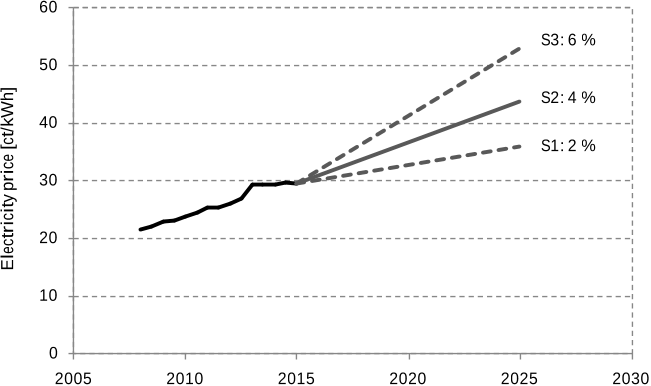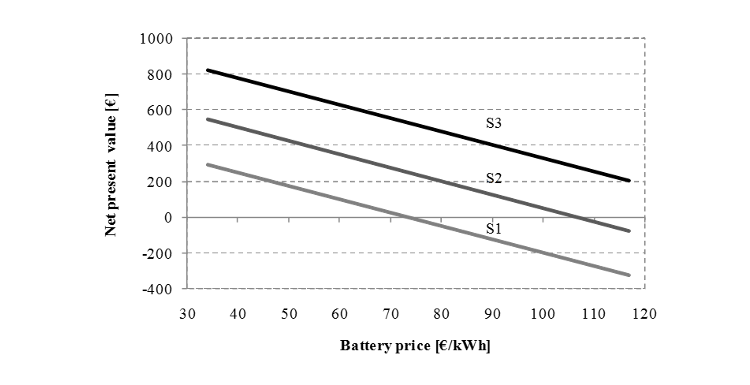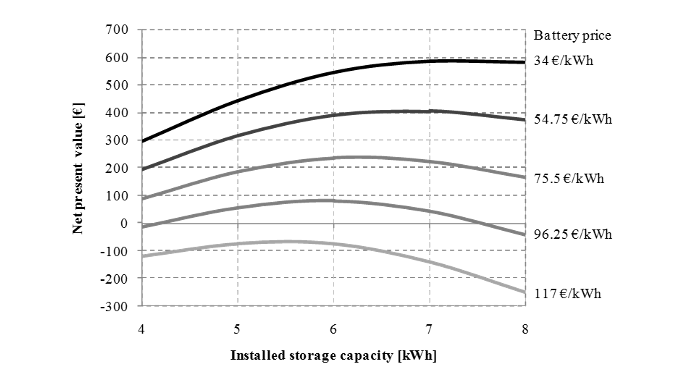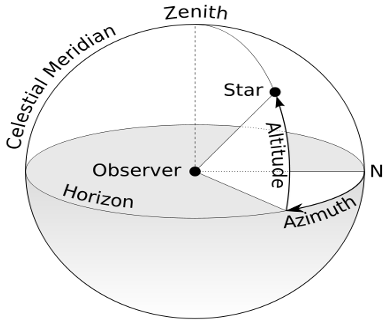




Did you find this useful? Give us your feedback

![Fig. 44. Comparison of (a) non grid-optimized; and (b) grid-optimized battery operating strategies. Source: [34], p.4.](/figures/fig-44-comparison-of-a-non-grid-optimized-and-b-grid-1iqi7law.png)
![Fig. 1. System architecture. Source: adopted from [1], p.7.](/figures/fig-1-system-architecture-source-adopted-from-1-p-7-2rdd00s0.png)








![Fig. 6. Topology of integrated PV-storage system [22].](/figures/fig-6-topology-of-integrated-pv-storage-system-22-32k9o93y.png)








25 citations
24 citations
24 citations
23 citations
...for photovoltaic installations), therefore models for assessing economic advantages/disadvantages of using repurposed batteries in second-use applications should be flexible (Kirmas and Madlener, 2017)....
[...]
...…battery in the system, e.g. electricity tariff, battery selling price, feed-in tariff (e.g. for photovoltaic installations), therefore models for assessing economic advantages/disadvantages of using repurposed batteries in second-use applications should be flexible (Kirmas and Madlener, 2017)....
[...]
19 citations
1,046 citations
923 citations
...Furthermore, the peak in energy generation around noon produces a mismatch in demand and supply and is a threat to the stability of the electricity system [3]....
[...]
492 citations
...[28] is chosen to predict the loss of capacity and the increase of the inner resistance leading to a decrease of the efficiency....
[...]
467 citations
...Similar approaches are used in [1] and [13] for new battery packs....
[...]
...Renewable energy technologies will play a significant role in mitigating the consequences of these challenges [1]....
[...]
...In order to be economically as well as technically efficient this system topology is the most widely used in the literature for residential applications [1]....
[...]
437 citations
Finally, it should be noticed that the simulation model developed in their study is flexible regarding the input parameters and can be parameterized to examine a number of further research questions.